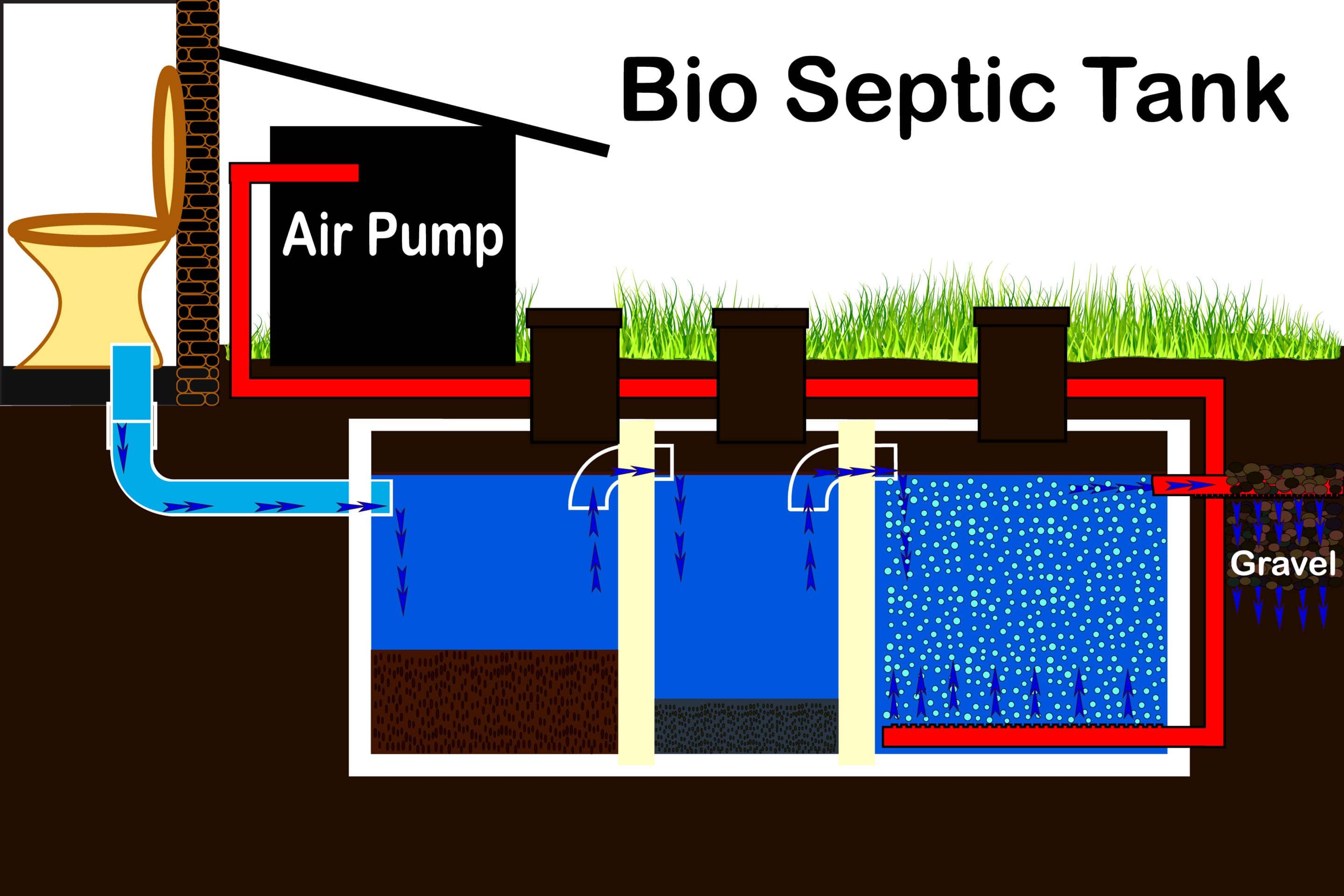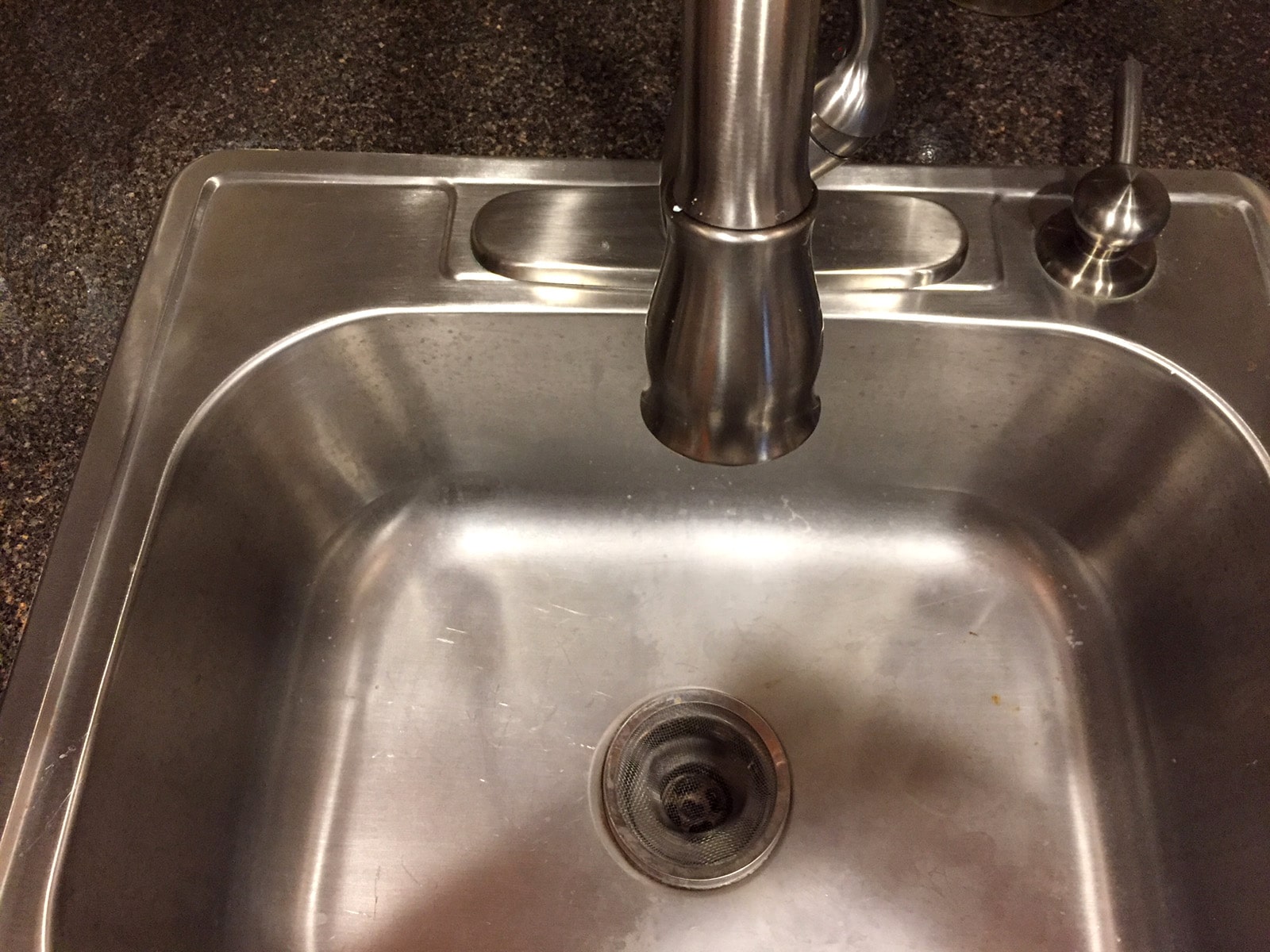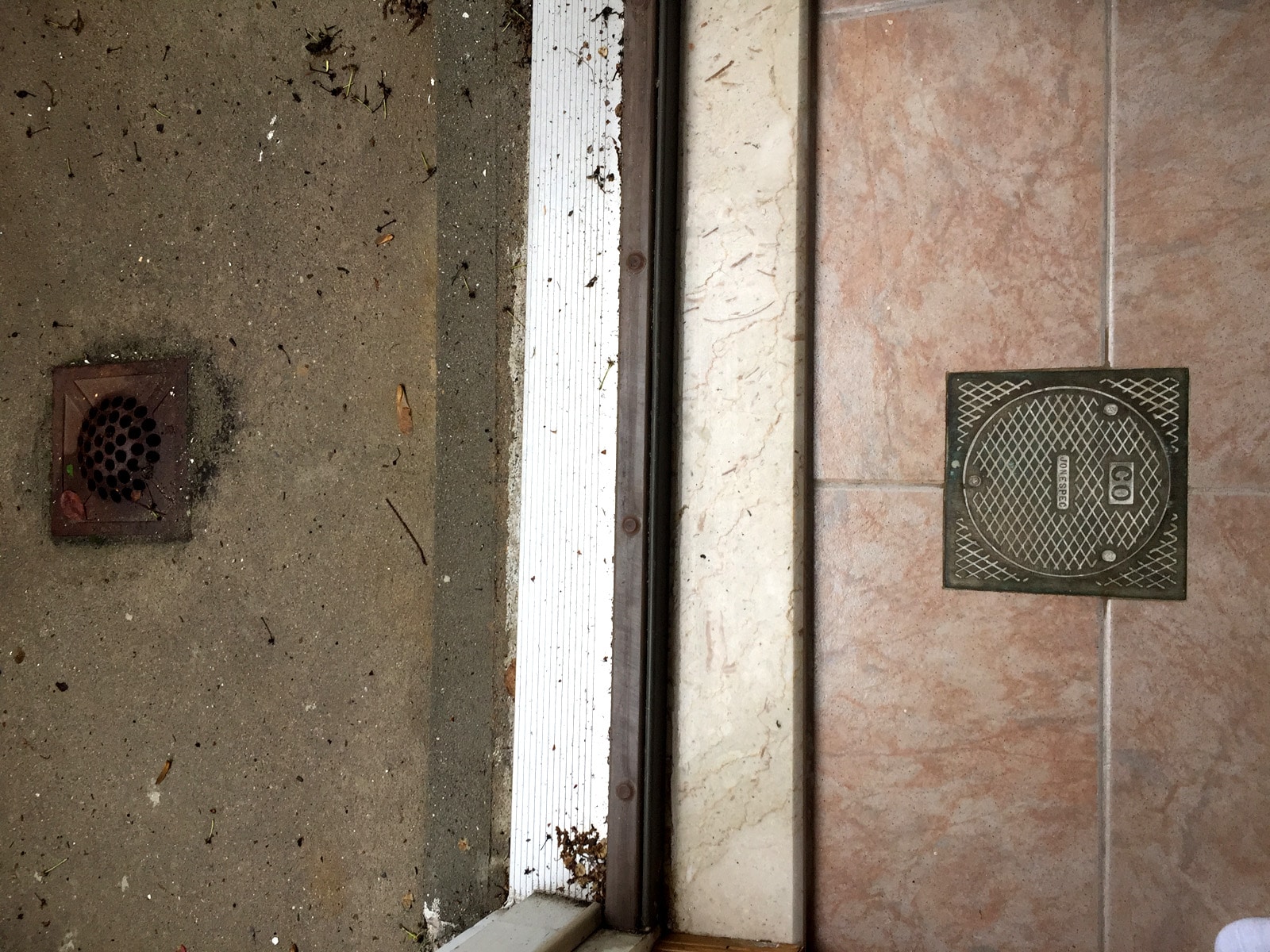A basement drain has various types, issues, and proper installation methods. Most homes utilize the same basic water supply and drainage systems. A main water service line delivers water into the house, usually entering through your foundation wall. From this point, water flows inside a network of supply lines, and of course, through water heater system. When any of the water fixtures in the house are opened, water comes out and ready to use. Depending on your purpose, you are easily able to choose between hot or cold water.
After you use potable water, your clean fresh water turns into wastewater. This is then sent out of the property through a different network of pipes. This is where your drainage system, and a basement drain comes into play. Understanding your basement drains, maintenance, and curing basement clogs can come in handy.
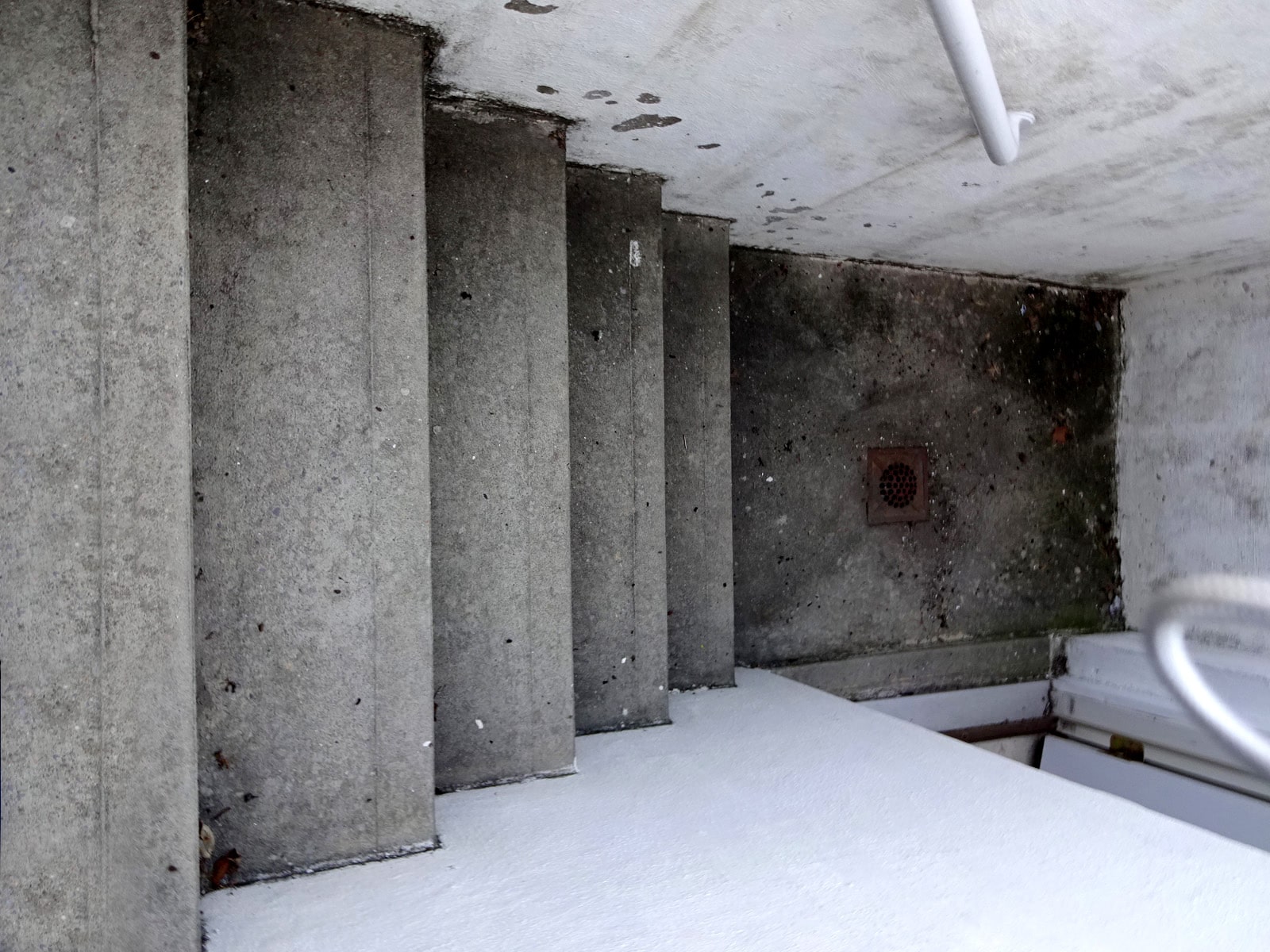
The network of pipes that makes up the entire plumbing system is quite complex, but all wastewater from inside the property almost always flows toward one big main house drain. In almost all cases it is buried underground. This pipe or basement drain eventually sends sewage to a wastewater treatment facility (sometimes also septic tanks) or storm drain. There may also be particular types of basement drains in your home. Let’s explain each of them so you recognize and understand how each works. It is also important to do regular checks and proper maintenance.
A floor drain under your basement slab
A floor drain is installed at the lowest point of a property – the floor of the basement. This is a multi-functional drain that serves as the exit point for wastewater from various sources. Some examples are if your water heater leaks, HVAC units (due to condensation or leaking), or seepage through your basement wall. You may even use it as a drain for when you mop your basement floor. If there is also a washing machine, or sanitary fixtures, in the basement, the house drain must be connected to a sanitary sewer as opposed to storm sewer. This is because the wastewater potentially contains harsh chemicals that must be properly treated before released to the environment. It is also plumbing code.
Basement entrance drain
Assuming your basement has access from outside or an open area of the property, it is important that you have a fully working basement entrance drain to get rid of possible standing water flowing from the surface. This is particularly important in a basement entrance landing that can accumulate a large volume of rain water.
As the name suggests, the drain is installed outside the entrance, usually in front of the basement door. In the event of heavy rain, or a snow melt, the drain acts as the first defense against basement flooding or excess standing water. This type of drain goes either to a storm sewer or a dry well dug directly below trench grate. Make sure yours comply with local building code.[box type=”info”] A basement entrance drain can easily become clogged with leaves and debris. Therefore, it needs more frequent maintenance than perhaps any other drain in your home.[/box]
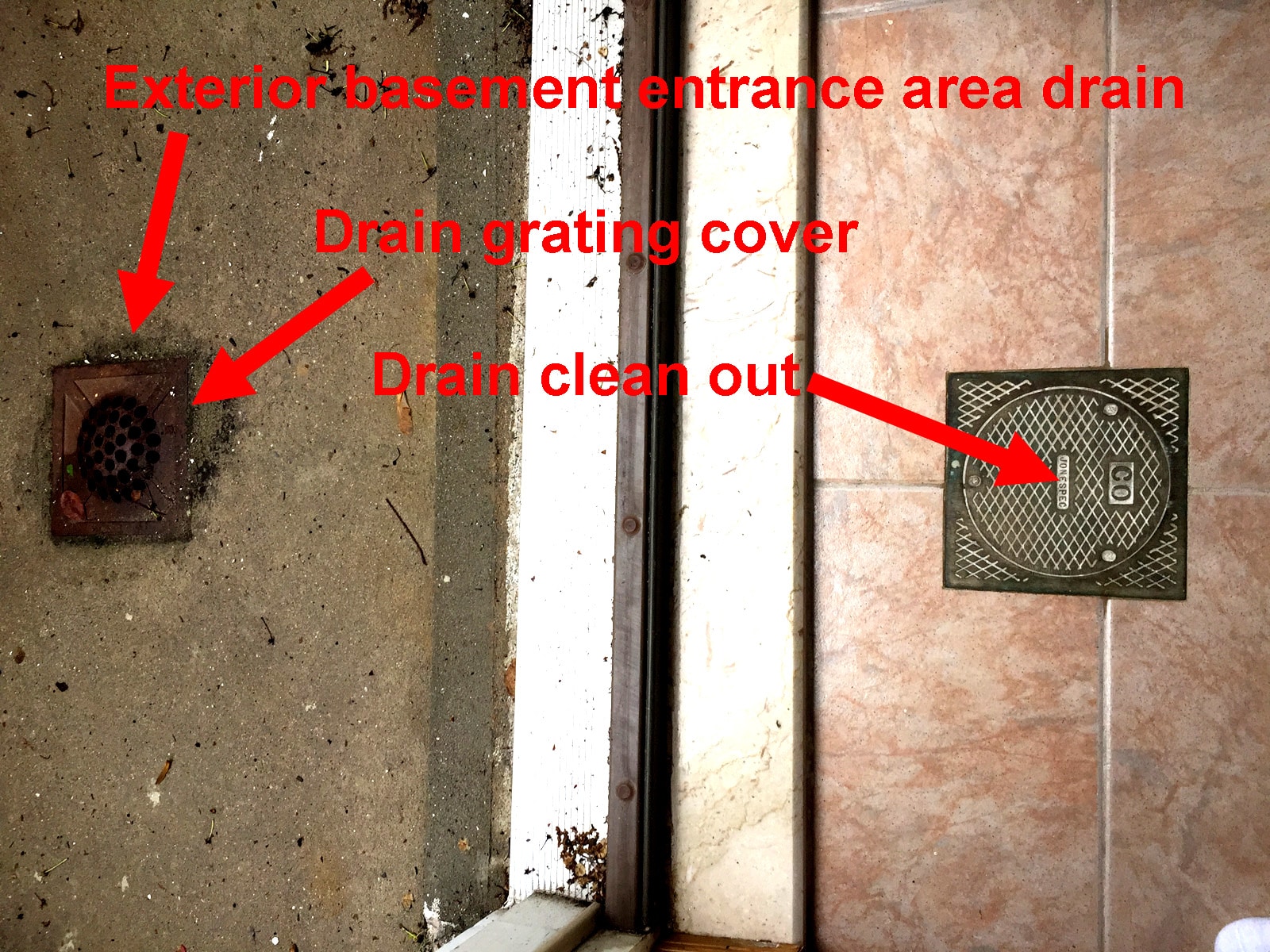
Boiler and hot water heater drains
A conventional water heater or boiler units utilize large tank to store relatively large volume of hot water. Therefore, it is always ready to use anytime you need it. Modern variants can be “tankless” or “on-demand” because it heats water only when you open the hot water faucet. With the more conventional model, there should be a drain valve near the bottom of the tank to help you clean sediment built up in the water tank itself. There is no need for a specialized drain, all you need to do is attach a garden hose to the valve opening and put the other end of the hose to the basement drain in the floor. Simply open the valve and let hot water flow out. Remember to open the nearest hot water tap (one floor above the basement) to relieve pressure in the system.[box type=”info”] A floor drain is typically required by code near your hot water heater and boiler. This drain prevents water damage in the event your hot water heater or boiler should crack. This drain may seem needless, until a calamity occurs.[/box]
A shower drain
A drain is installed between the shower enclosure and house drain that carries wastewater away to sanitary sewer. It is known as the shower drain. Keep in mind that it is not the same plumbing component as a tub drain That is because the latter is a built-in part of the tub, and usually a levered one to keep water inside. On the other hand, your shower drain is always open. It also has a strainer to prevent solid non water soluble materials, such as hair, and plastic, from entering your drain pipe. Directly below the strainer or grate in your shower is a p-trap. The p-trap is yet another device to catch debris, hair, and objects. [box type=”info”] Your strainer should be cleaned by hand regularly. It may not seem like a pleasant task. But it is far less unpleasant than a backed up shower drain. [/box]
Washing machine drain
Just like a water heater, a washing machine has its own drain valve opening that you must connect to a hose or pipe (some models already have the drain hose installed). There is no actual specialized drain type. However connecting a drain from your washing machine is slightly more complex than with other appliances. One of the reasons is because it it pumped out, and therefore pressurized. The correct way to do this is by installing a standpipe. A washing machine drain hose goes into this pipe on the upper end, a specified height above the washer itself. The bottom end of the standpipe connects to a p-trap, which then connects to a sanitary drain line.
Remember that washing machine drain installations must be properly vented as well. You can connect it to the main plumbing vent or a branch line vent. But just like all plumbing fixtures, it will not drain properly unless it is vented. The alternatives to a standpipe is a laundry tub, or a direct-to-floor drain. [box type=”info”] For all other purposes in addition to the aforementioned, every basement drain requires p-trap to prevent wastewater odor from coming back into the house. Pay attention to the kind of wastewater that goes into the drain; if it contains chemicals, please connect it to the sanitary sewer drain.
Also use a grate or a strainer to block large solid object from entering the drain pipe. This is true of a washing machine drain as well, to prevent lint, cloth, and foreign objects from clogging the drain.[/box]
Drains require visual inspections and regular maintenance
Basement drain installation requires regular maintenance to keep everything in working order. Timely checks also help you notice small problems and address them accordingly before they turn into major issues potentially expensive to repair. The to-do list in the maintenance procedures is not actually that difficult, and you can do everything without helps from professionals.
The first thing to do is to clean the grating and strainer in every drain. There can be accumulation of dirt on the strainer over time, and you cannot just let them build up. Dirt and debris prevent water from flowing properly, causing slow drainage which can be a nuisance especially in rooms where water usage is high such as laundry room or shower. If needs be, clean the p-trap under every sink and drain; most of them are easily accessible as they are installed directly under water fixtures.
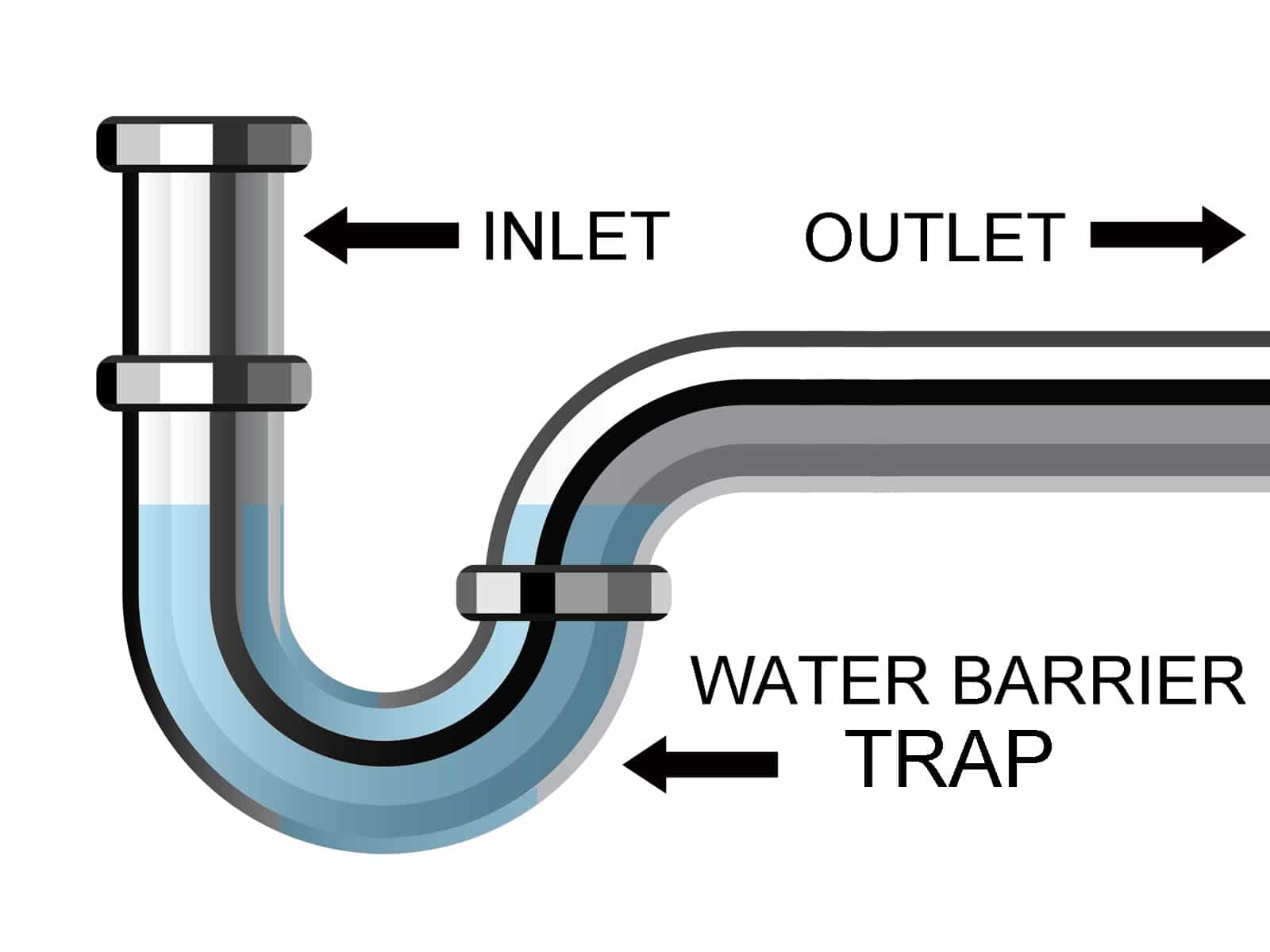
For a shower drain, you may need to access crawl space (if shower is located in the first floor) or open panels at the back of the shower. In basements, shower drain issues can get more complicated. A P-trap is essential to keep sewer gasses away, but they can only work to their full potential if they contain water and nothing else. Another important thing to do is to check your sewer valve (backwater valve). This valve is your only defense against possible backflow due to heavy rainstorm. It is installed to the main drain line and usually accessible from the basement.
Overflow and Clogging Issue
There can be many reasons why wastewater cannot flow as quickly as it should. One of the most common causes is clogging, either in a secondary line, or main drain line itself. If the problem is isolated to one single fixture, for example kitchen sink or shower room, the clogging most likely happens in the drain pipe connected directly to the fixture. Meaning you will notice the backup in the shower itself, or sink, and nowhere else. You can try to get rid of the issue by using residential plumbers snake or plunger. If slow drainage occurs in all fixtures, chances are the clogging is in the main house drain line.
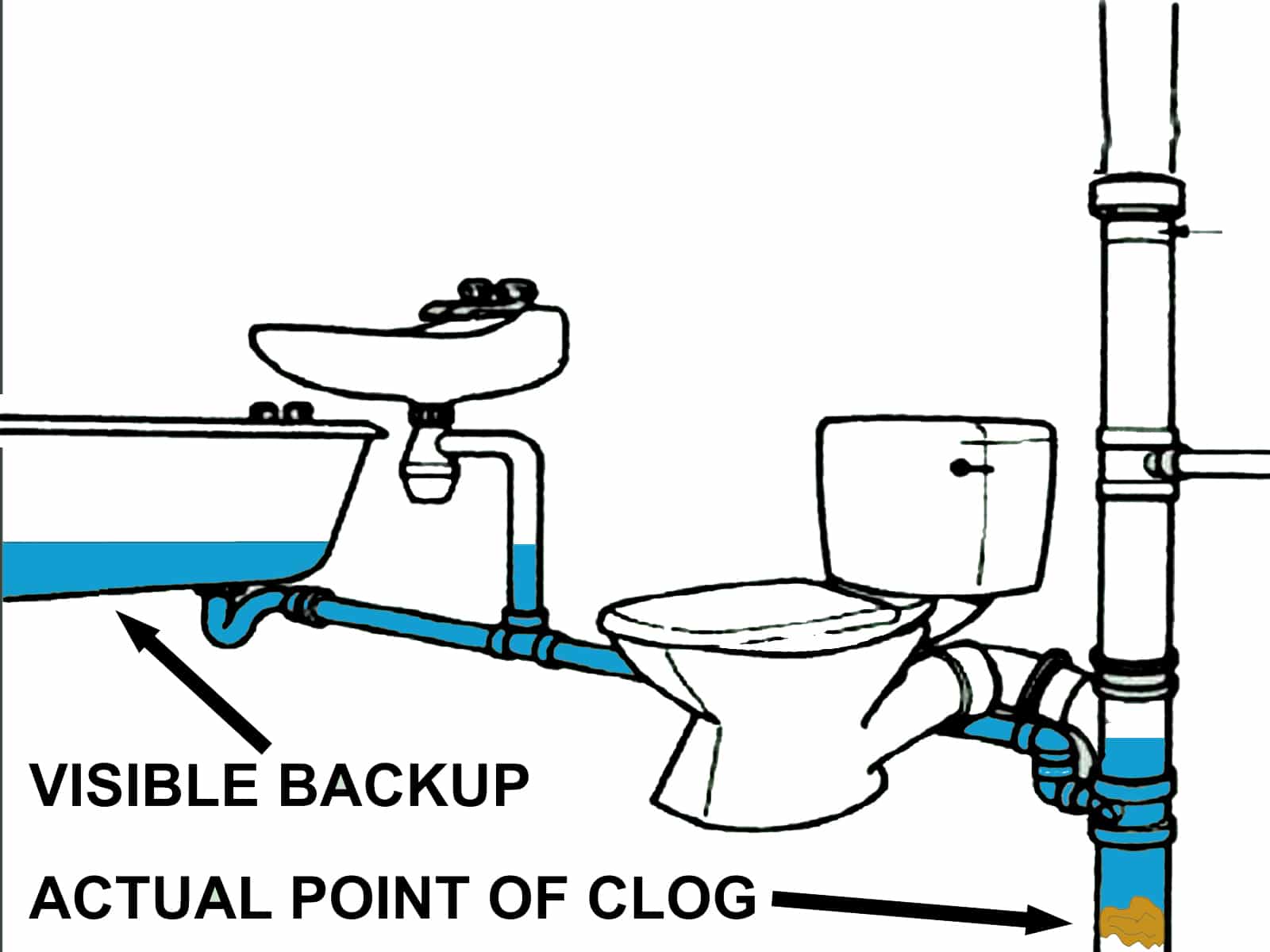
It is often more complicated to repair an underground drain line. It will require excavation and wall repair afterward. Other possible culprits include broken pipe, or simply an improper installation.[box type=”info”] Because water seeks its own level, basement backups are difficult to diagnose. Frequently where the water appears is not the location of the clog. It may just be the lowest point in your drain system. That is why backups may appear in your shower at first, yet not be related to your shower at all. [/box]
Proper installation of a basement drain
Despite the fact that people rely on proper drainage systems to get rid of wastewater, many of them do not realize how the system actually works. They assume that water from kitchen sinks, bathtubs, or toilets simply leaves their homes and goes away. Although this is partially true, drainage systems involve a little bit of complexity in the process. Every water fixture, in order to function well, needs its own drain pipe. This is called a secondary drain line, or branch line. Branch lines connect to a larger pipe, or main drain line.
Since water naturally flows from higher to lower level, all systems are based upon the principal of gravity, the basement drain plays an important role in keeping your house a sanitary place to live. However, some types of wastewater cannot go directly into a sanitary sewer (wastewater treatment facility) depending on sources. For example, excess water from rain or melting snow should go into storm sewer or dry well. In some areas combined sewers are still in use, these can be subject to surcharges, and CSO (combined sewer overflow).
Pitch or angle of pipe, which allows water to flow inside the pipe cannot be taken for granted as well. Main drain lines must be sloped at an angle so wastewater flows by the simple use of gravity. As a rule of thumb, there must be 1/4-inch slope per foot of pipe. Basement drain installations are a job best left to professional. DIY approach can be good for minor repairs or changes, but not for extensive plumbing works including installation and main drain line replacement. If you require expert advice, or professional service contact the Balkan Drain Team.

